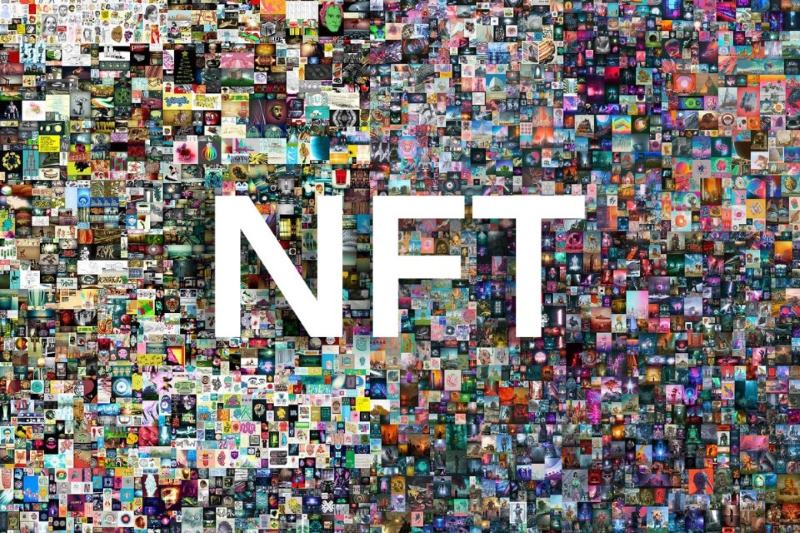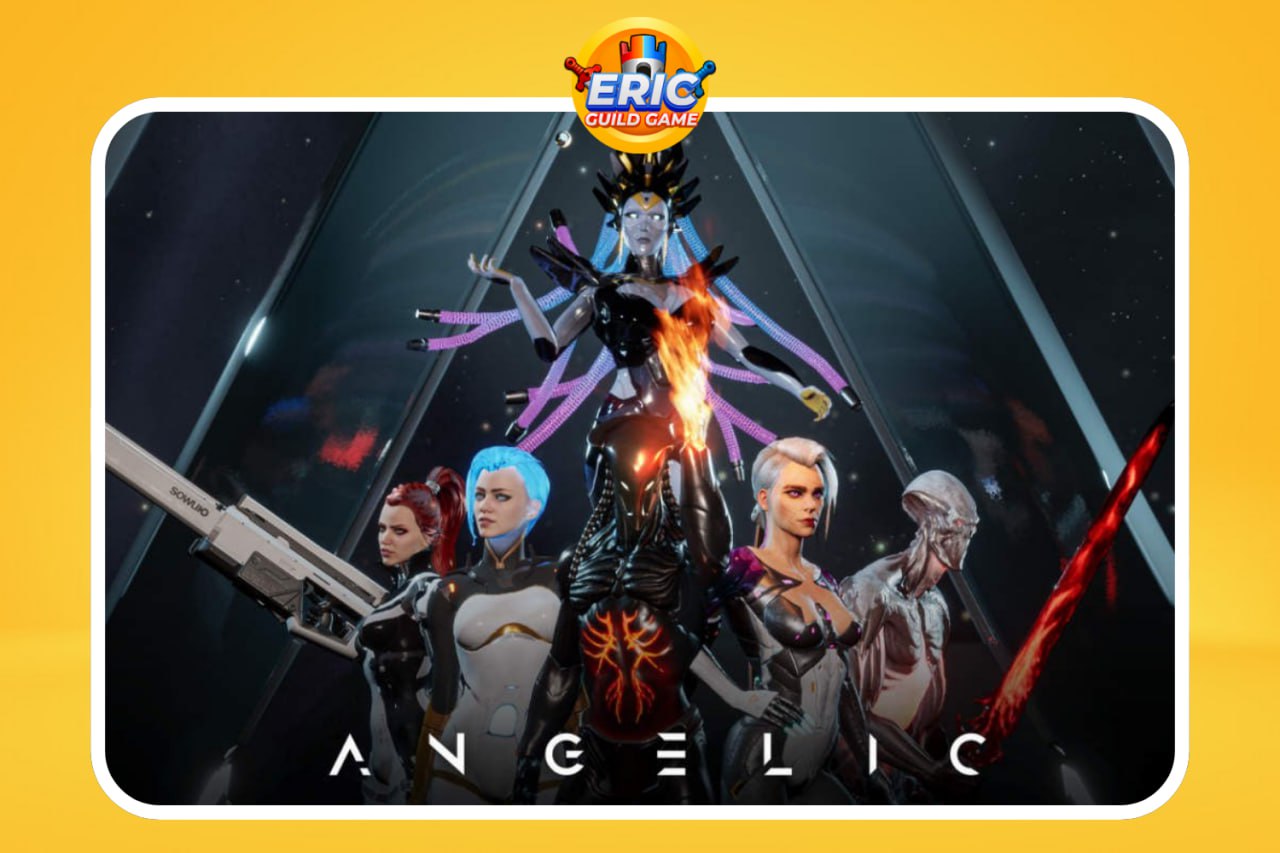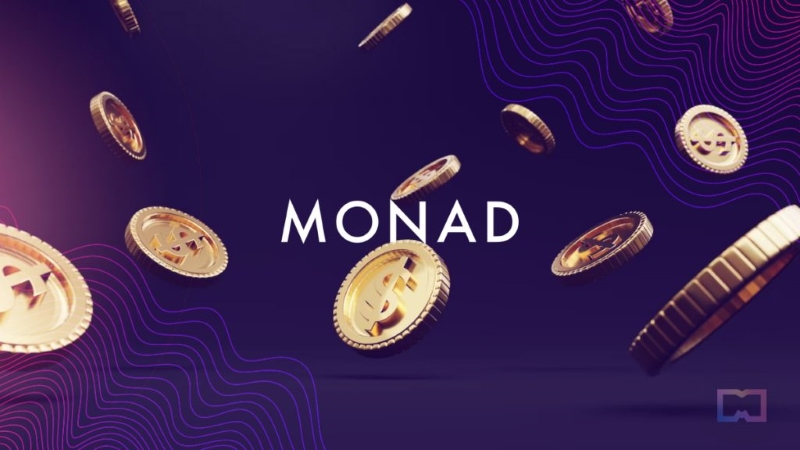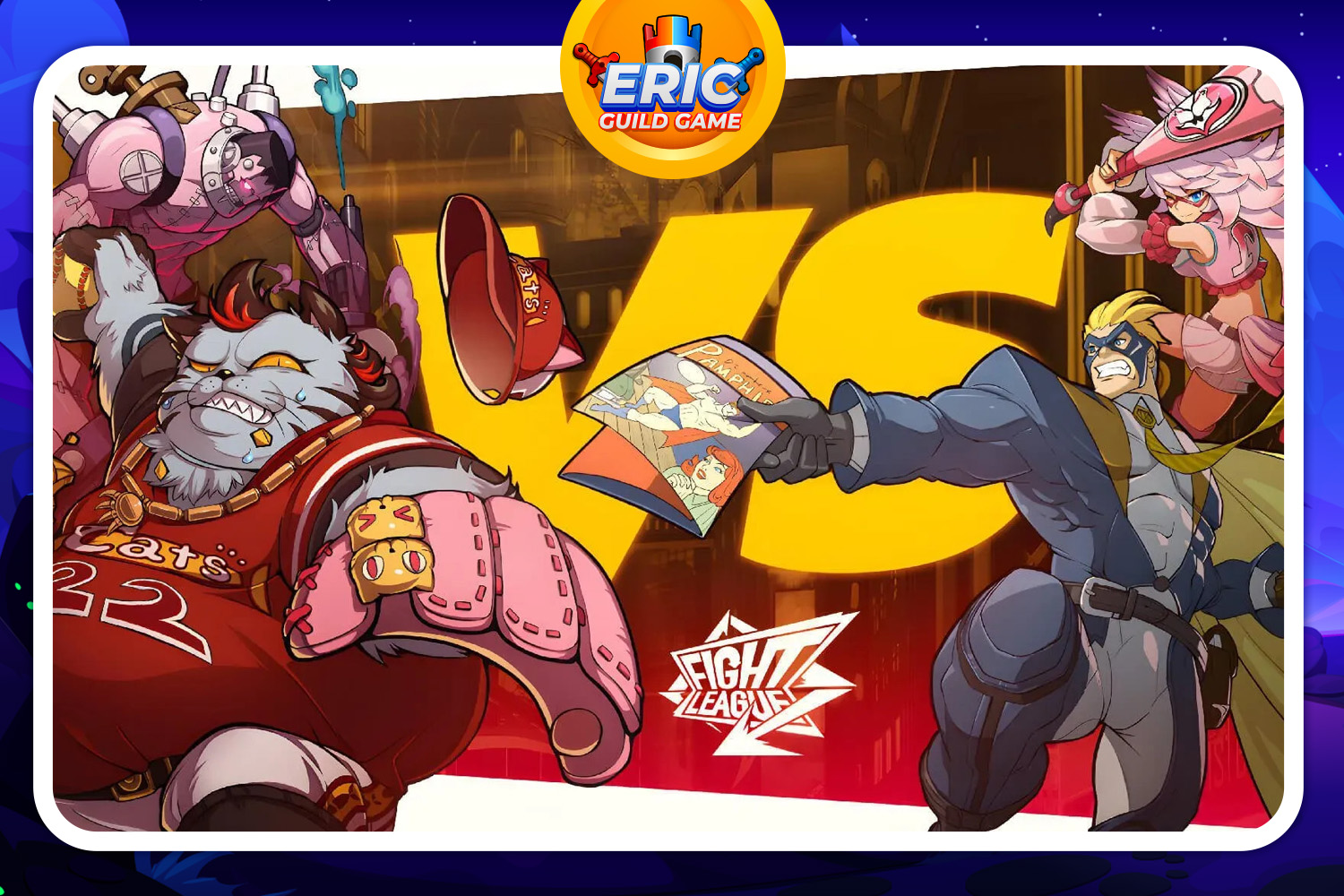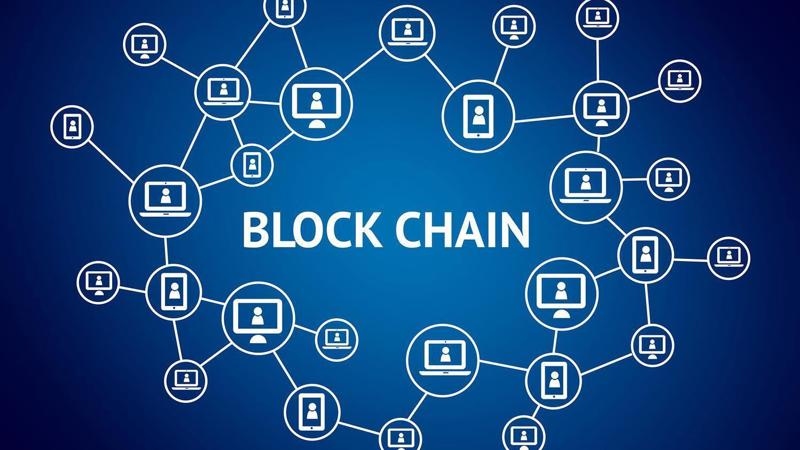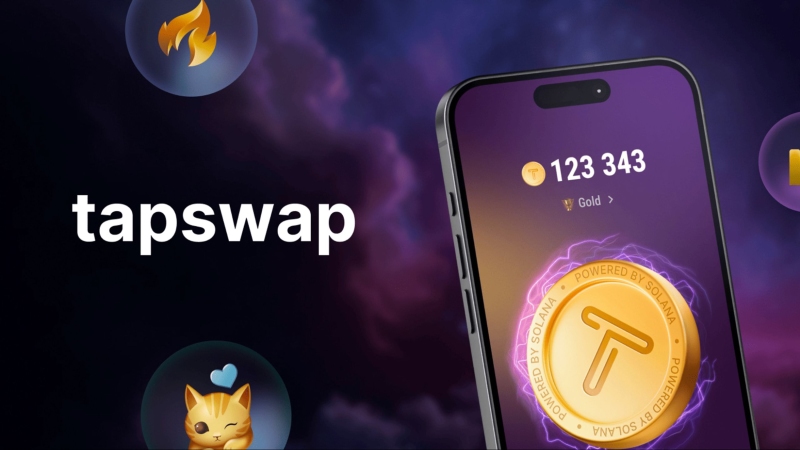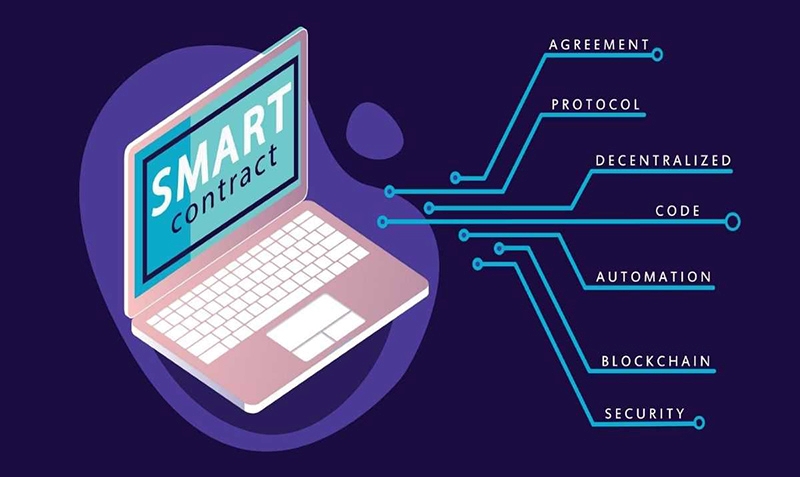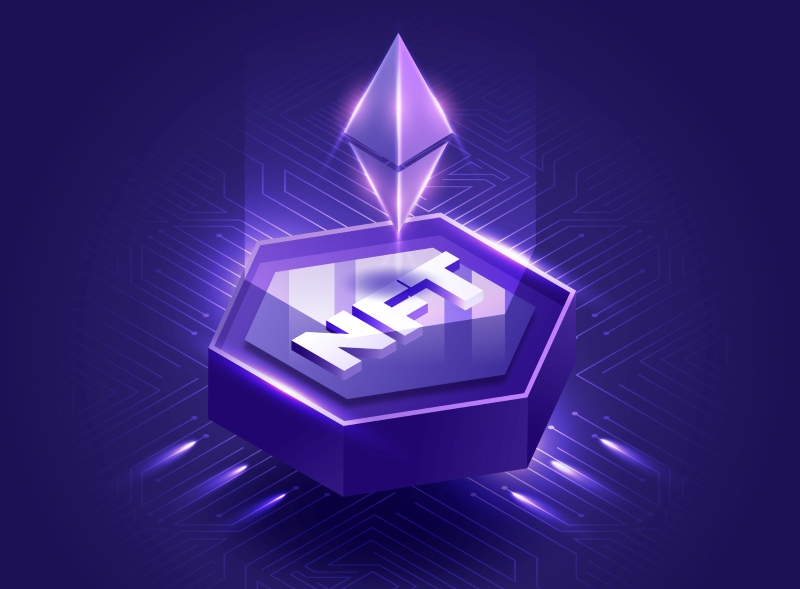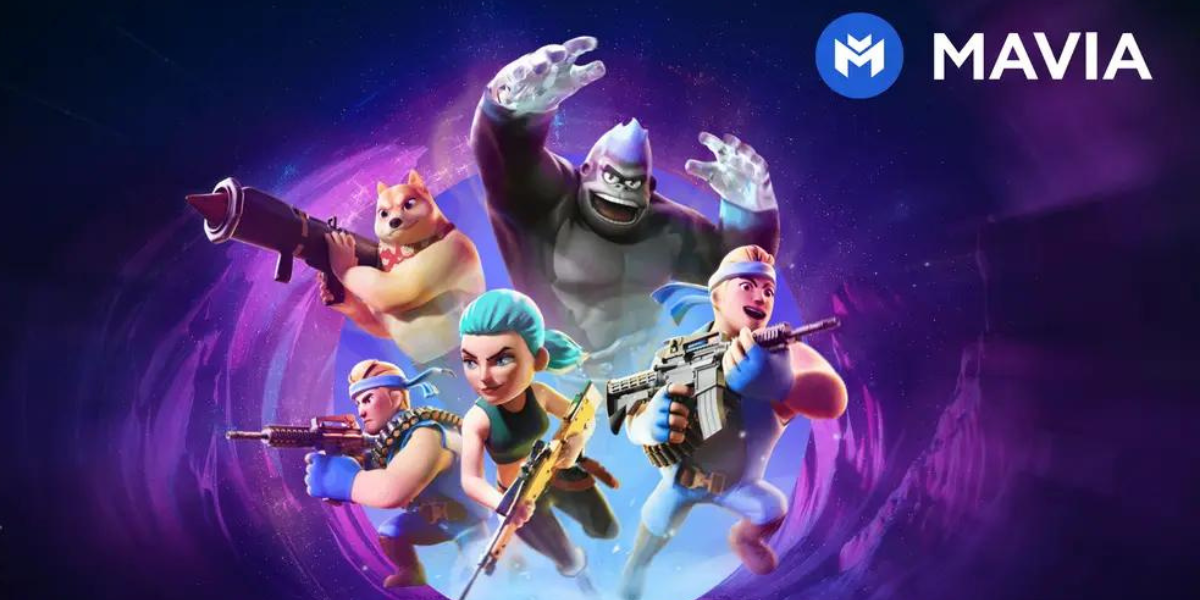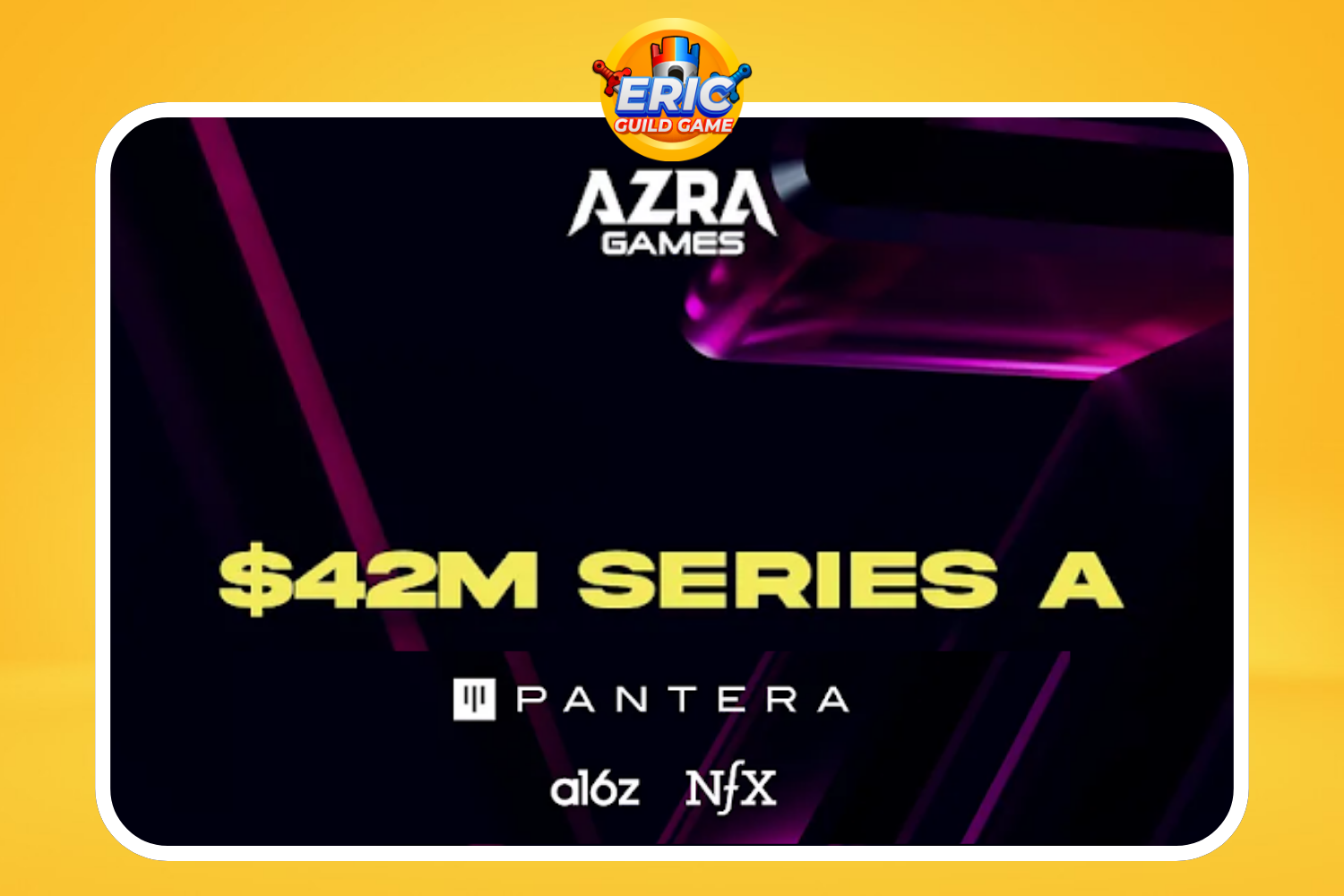High Rise Metaverse is transforming crypto gaming by integrating 3D metaverse game, NFTs, and coins, shaping the future of digital economies.
Introduction
The gaming industry has undergone a massive transformation over the last decade, with blockchain technology bringing a new wave of decentralized virtual economies. The High Rise Metaverse is at the forefront of this evolution, combining gaming, NFTs, and decentralized finance (DeFi) to create a self-sustaining digital economy.
This article explores the foundations of metaverse gaming crypto, the mechanics of 3D metaverse games, the role of metaverse gaming coins, and the long-term implications of how the metaverse works.
What is the high rise metaverse?
The High Rise Metaverse is a virtual ecosystem where players can interact in immersive environments, own digital assets, and engage in play-to-earn (P2E) activities. Unlike traditional gaming models, metaverse gaming relies on blockchain to provide true digital ownership, transparency, and monetization opportunities.
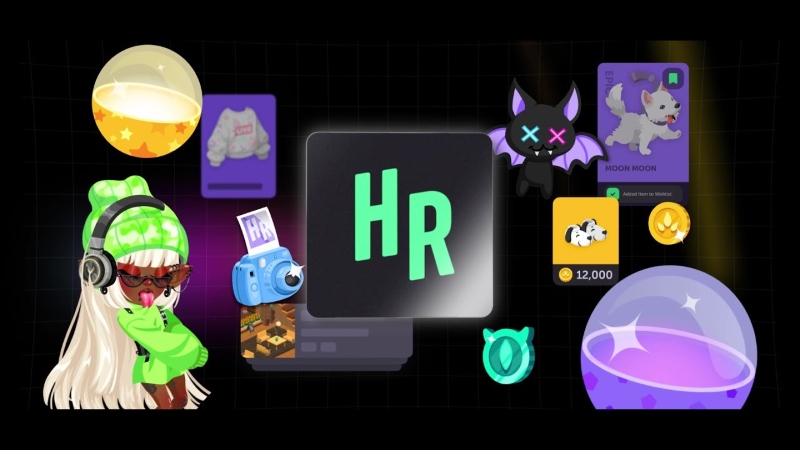
Key Features
- Decentralized digital ownership through NFTs.
- P2E mechanics that reward users for engagement.
- Interoperability with multiple blockchains and gaming platforms.
- Smart contracts to automate transactions and ownership rights.
- Tokenized economies, enabling financial growth within the game.
The High Rise Metaverse stands out by integrating social engagement with decentralized finance. Unlike isolated gaming ecosystems, it fosters a shared economy where players contribute to content creation and governance. This decentralized structure eliminates centralized control, giving users direct influence over the metaverse’s development.
Moreover, the tokenized model ensures asset liquidity, making it easier for players to buy, sell, or lease in-game items. The ability to establish decentralized communities within what the metaverse further enhances user engagement, pushing the boundaries of metaverse gaming crypto.
How the Metaverse Works in Crypto Gaming
The Blockchain Foundation
The metaverse operates on blockchain networks like Ethereum, Solana, and Binance Smart Chain. These blockchains provide:
- Security & transparency for transactions.
- Immutable digital ownership for in-game assets.
- Decentralized applications (dApps) that run the gaming ecosystem.
The Role of NFTs in Gaming
NFTs (non-fungible tokens) are the backbone of 3D metaverse games, allowing users to:
- Own unique in-game characters, items, or land.
- Trade, sell, or rent digital assets on marketplaces.
- Participate in governance through DAOs (Decentralized Autonomous Organizations).
Blockchain gaming introduces new economic paradigms. Traditional games operate under centralized ownership, meaning in-game items belong to the publisher rather than the player. However, blockchain introduces a trustless environment where ownership is verifiable and tradable.

The integration of smart contracts enables automated transactions, ensuring asset authenticity. Additionally, the decentralized finance (DeFi) sector enhances crypto gaming by allowing players to stake tokens, earn interest, and participate in yield farming within the gaming ecosystem.
The Evolution of Metaverse Gaming Crypto
From Traditional Games to Blockchain-Based Metaverse
Gaming has evolved from single-player offline experiences to global multiplayer ecosystems. The next step in this evolution is metaverse gaming crypto, where digital economies function independently of centralized authorities.
Some of the most successful 3D metaverse games include:
- Decentraland (MANA) – A user-owned virtual world for social interaction and business.
- The Sandbox (SAND) – A decentralized gaming metaverse with player-generated content.
- Axie Infinity (AXS) – A blockchain-based game that pioneered the play-to-earn model.
- High Rise Metaverse – A community-driven NFT gaming experience.
Evolutionary Factors
- Community-Driven Development – Unlike traditional games, metaverse gaming platforms rely on DAOs for governance.
- Economic Resilience – The shift from pay-to-play to play-to-earn introduces new revenue streams for gamers.
- Integration with Web3 – Decentralized identity and digital wallets are shaping how users interact within gaming spaces.
The Rise of Metaverse Gaming Coins
Blockchain gaming has introduced various metaverse gaming coins that fuel transactions and governance. These include:
- MANA (Decentraland) – Virtual land and assets.
- SAND (The Sandbox) – In-game purchases and decentralized control.
- AXS (Axie Infinity) – A currency used for staking and ecosystem growth.
- ILV (Illuvium) – A governance and reward token within a futuristic RPG game.
- High Rise Token – Native to High Rise Metaverse, supporting NFT and content transactions.
The use of metaverse coins game provides financial flexibility within gaming ecosystems. These coins can be staked, used in governance, or exchanged for real-world assets. The demand for such coins is influenced by:
- Game adoption rates.
- The strength of P2E mechanics.
- Interoperability across metaverse platforms.
Benefits of Metaverse Gaming
Metaverse gaming offers significant advantages over traditional gaming, transforming user experiences and economic opportunities. Below are some critical benefits:
True Digital Ownership
One of the biggest changes metaverse gaming crypto introduces is decentralized ownership through NFTs. Unlike traditional gaming, where in-game assets remain under the control of the publisher, blockchain-based games grant players full control over their digital assets. Players can:
- Buy, sell, and trade NFTs representing characters, skins, or land.
- Lease assets to other players for passive income.
- Use assets across multiple compatible games and metaverses.
This aspect of gaming enhances engagement and incentivizes long-term participation by allowing players to build and monetize their investments.
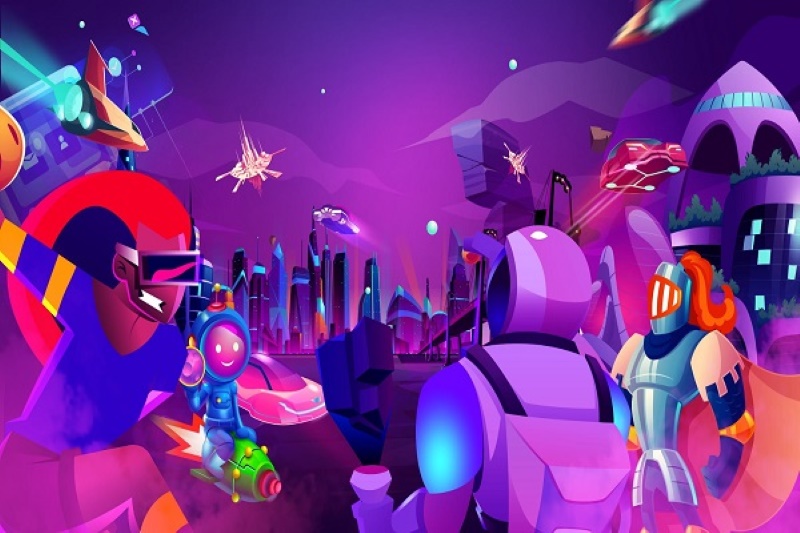
Play-to-Earn (P2E) Opportunities
Unlike traditional games that rely on pay-to-play models, metaverse gaming coins facilitate P2E mechanics, allowing gamers to earn while playing. This shift creates new revenue streams, including:
- Rewarding players for achievements, competitions, and community participation.
- Generating income through NFT marketplaces.
- Staking gaming tokens for passive income and governance participation.
For many users, P2E models have evolved beyond gaming into real-world employment, particularly in developing countries where gaming profits exceed minimum wages.
Decentralization & Transparency
Traditional gaming relies on centralized servers, making transactions and player interactions susceptible to manipulation and fraud. 3D metaverse games leverage blockchain’s decentralized architecture, ensuring:
- Fair asset distribution.
- Transparency in in-game economy operations.
- Unalterable proof of ownership and transactions through blockchain verification.
Interoperability Across Platforms
A unique benefit of metaverse gaming crypto is asset interoperability, meaning that in-game items and avatars can be used across different virtual worlds. Through blockchain, developers are creating cross-game compatibility, where NFTs and metaverse gaming coins can function in multiple ecosystems, enhancing player engagement and flexibility.
Community and Social Engagement
Metaverse games offer more than just gaming experiences—they create social environments where users can:
- Interact through virtual events, meetups, and digital experiences.
- Participate in Decentralized Autonomous Organizations (DAOs) to vote on game changes.
- Contribute content to the ecosystem and receive rewards for engagement.
Challenges Facing the Metaverse Gaming Industry
Despite its potential, metaverse gaming crypto faces several significant challenges:
Scalability Issues
Blockchain-based games often suffer from scalability problems, particularly on networks like Ethereum, where high transaction fees and network congestion can slow down in-game interactions. Solutions such as:
- Layer-2 solutions (e.g., Polygon, Immutable X)
- Alternative blockchains with lower fees (e.g., Solana, Avalanche)
- On-chain and off-chain hybrid architectures
are being explored to improve scalability and ensure seamless gaming experiences.
Regulatory Uncertainty
Many governments have yet to establish clear regulations for crypto gaming. Key concerns include:
- Legal classification of NFTs and gaming tokens.
- Tax implications of play-to-earn revenue.
- Intellectual property rights concerning in-game assets.
Without regulatory clarity, companies and investors remain hesitant to dive fully into metaverse gaming crypto, fearing potential legal restrictions.
Security Threats
With high-value assets and crypto-based economies, 3D metaverse games are prime targets for cyberattacks. Common threats include:
- Smart contract vulnerabilities, leading to exploits.
- Phishing attacks targeting users’ crypto wallets.
- Hacks on NFT marketplaces leading to stolen assets.
To address these concerns, developers must implement robust security protocols, including multi-signature wallets, decentralized identity verification, and enhanced smart contract audits.
User Adoption Barriers
Many gamers are unfamiliar with crypto-based gaming models and find blockchain integration intimidating. Factors affecting adoption include:
- The need to understand blockchain wallets and private keys.
- The complexity of purchasing and staking metaverse gaming coins.
- Learning how to navigate NFT marketplaces and smart contracts.
Simplifying the onboarding process with user-friendly interfaces, tutorials, and non-custodial wallets could enhance accessibility.
Environmental Concerns
Blockchain networks using Proof-of-Work (PoW) consensus mechanisms have raised environmental concerns due to high energy consumption. This issue has led to:
- A push for Proof-of-Stake (PoS) solutions, such as Ethereum 2.0.
- The rise of carbon-neutral gaming ecosystems using sustainable energy sources.
Sustainable blockchain solutions will be essential for the long-term success of metaverse gaming crypto.
Future Trends in Metaverse Gaming
Enhanced VR & AR Integration
Virtual and augmented reality technologies will become a bigger part of 3D metaverse games, allowing users to experience gaming in immersive environments. Future developments include:
- Haptic feedback suits for physical interaction within games.
- AR-enabled gaming worlds blending digital and physical realities.
- AI-powered NPCs (non-player characters) enhancing engagement.
Artificial Intelligence (AI) in Metaverse Gaming
AI will play a more prominent role in:
- Generating adaptive virtual worlds that change dynamically.
- Personalizing gaming experiences by learning user behaviors.
- Enhancing security with fraud detection mechanisms.
Expansion of Play-to-Earn Models
The P2E model will continue evolving, moving beyond simple earning mechanics into fully developed economies. Innovations in this space include:
- Hybrid gaming economies combining free-to-play and play-to-earn metaverse models.
- Decentralized freelance opportunities for users to offer services within metaverse games.
- NFT rental systems, allowing users to lend assets for profit.
Decentralized Governance & DAOs
Gaming projects are increasingly moving towards decentralized governance through DAOs. Benefits include:
- Player-led decision-making on game updates and ecosystem rules.
- Fairer revenue distribution within gaming communities.
- Greater transparency, reducing corporate influence over virtual worlds.
Metaverse-Connected Real-World Businesses
More brands and corporations are exploring metaverse gaming crypto as a marketing tool. We are seeing:
- Fashion brands launching virtual clothing lines as NFTs.
- Real estate companies offering virtual property investments.
- Educational institutions creating metaverse-based learning experiences.
Staying updated on metaverse gaming is key. Follow blockchain gaming news for insights on new projects, trends, and tech developments.
Conclusion
The High Rise Metaverse is leading the way in redefining gaming through blockchain. By leveraging metaverse gaming coins, NFTs, and play-to-earn strategies, it is revolutionizing the digital economy.
While challenges exist, the future of metaverse gaming crypto looks promising with advancements in VR, AI, and decentralized governance. As adoption grows, 3D metaverse games will become an integral part of our digital interactions. “Stay ahead in the gaming industry with the latest trends and insights. Join the gaming guild and level up your knowledge today!
Frequently Asked Questions (FAQ)
1. What is the High Rise Metaverse?
The High Rise Metaverse is a virtual gaming world where users can own assets, earn rewards, and participate in a decentralized economy.
2. How Do 3D Metaverse Games Work?
3D metaverse games integrate blockchain and NFTs to provide immersive and interactive experiences with real-world value.
3. What Are the Top Metaverse Gaming Coins?
Some of the leading metaverse gaming coins include MANA, SAND, AXS, ILV, and the High Rise Token.
4. Can You Make Money in the Metaverse?
Yes, players earn through play-to-earn models, NFT trading, and staking rewards.
5. Is the Metaverse Secure?
While blockchain enhances security, users must take precautions against scams and hacks.
